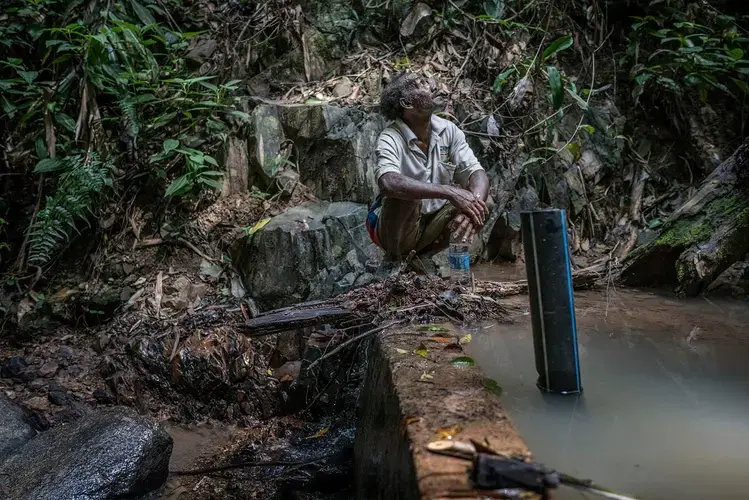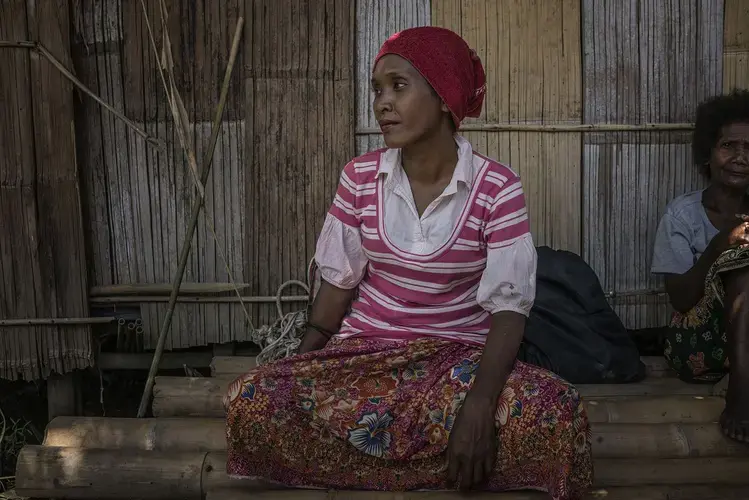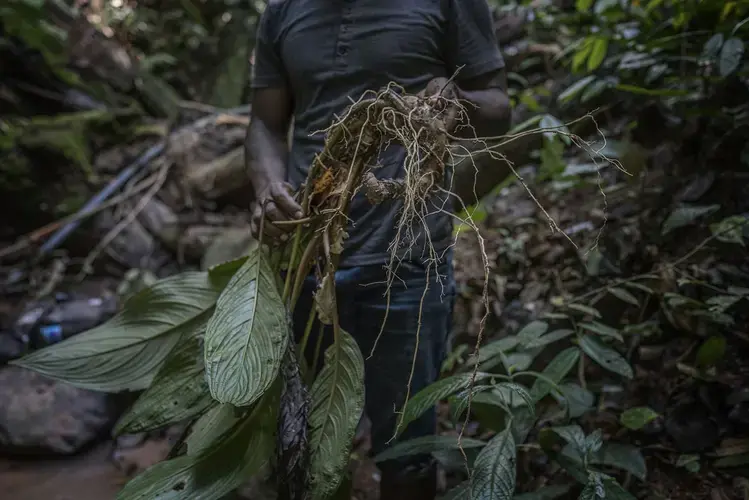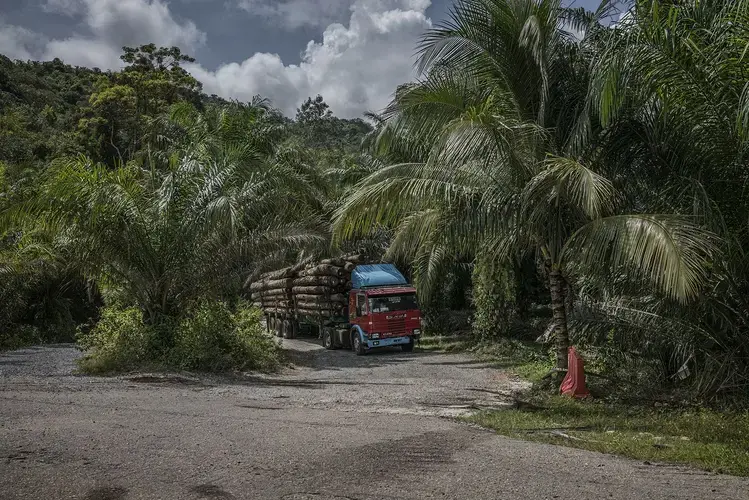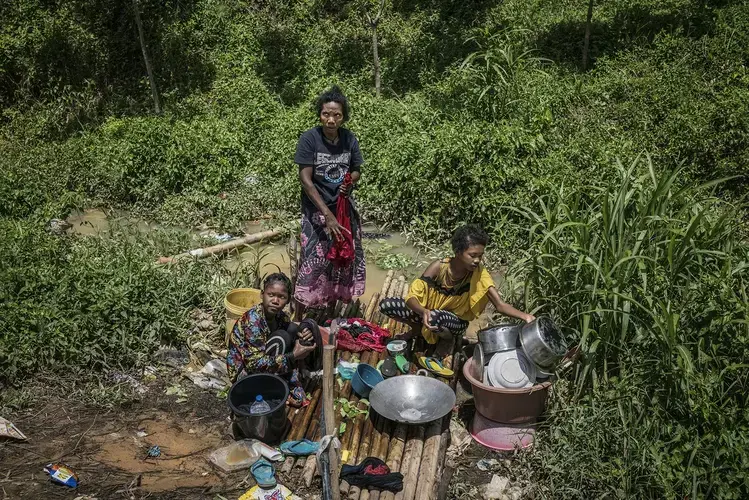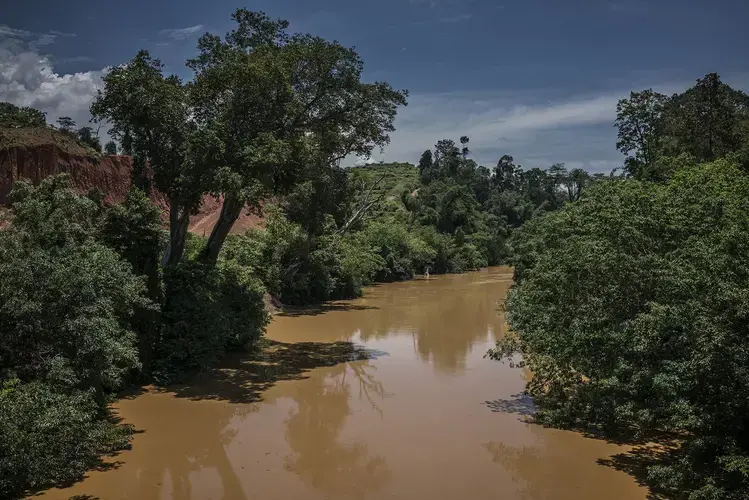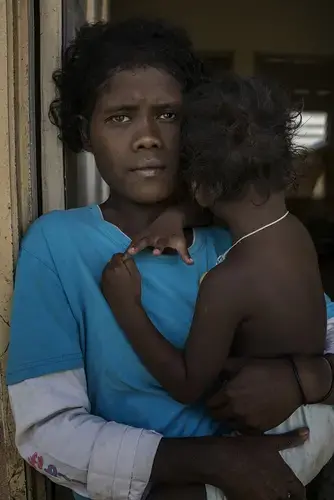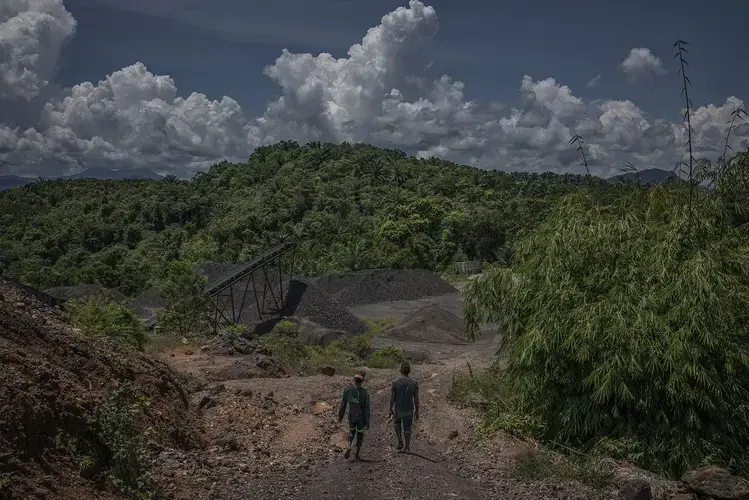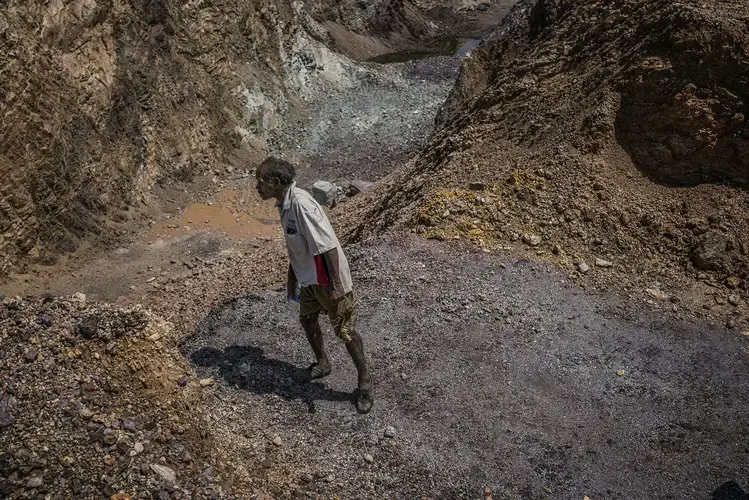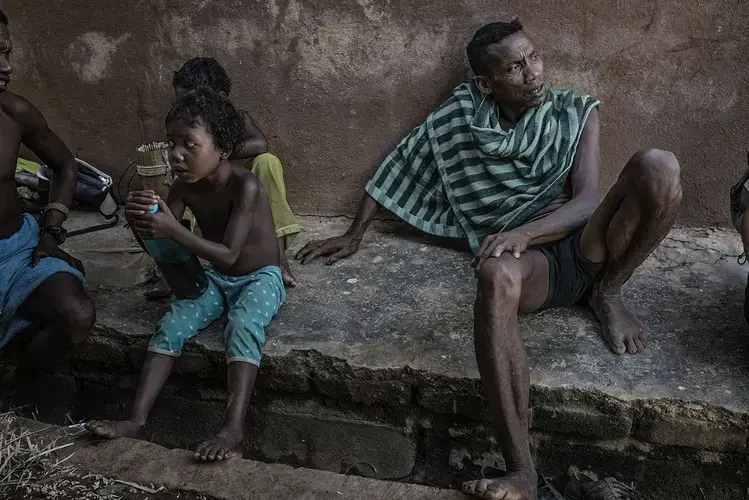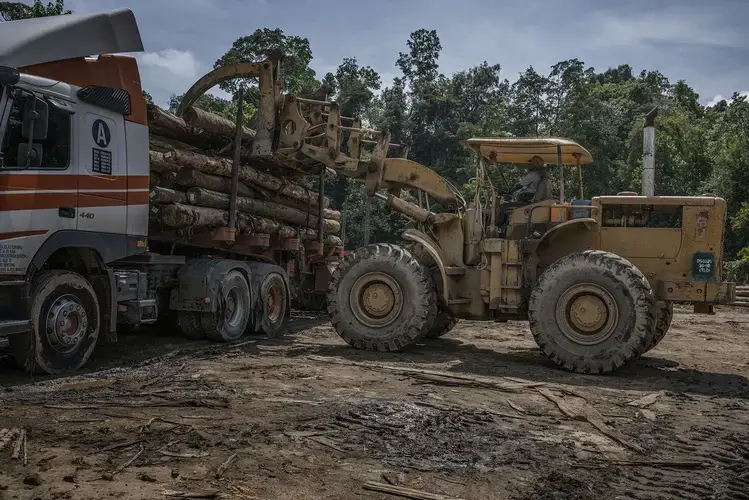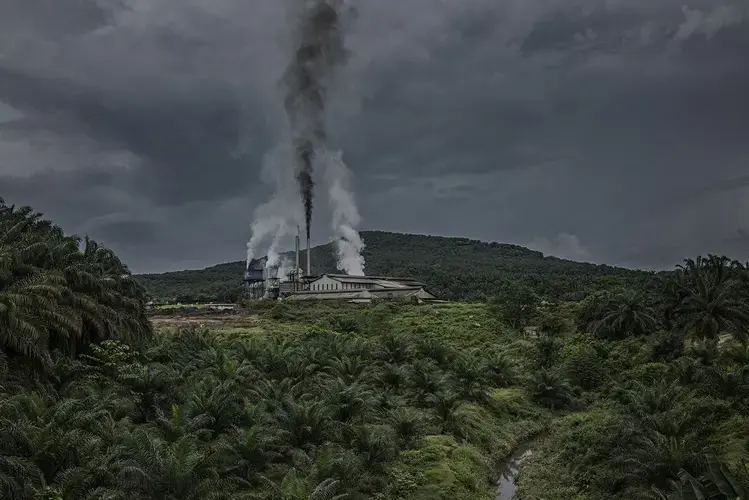
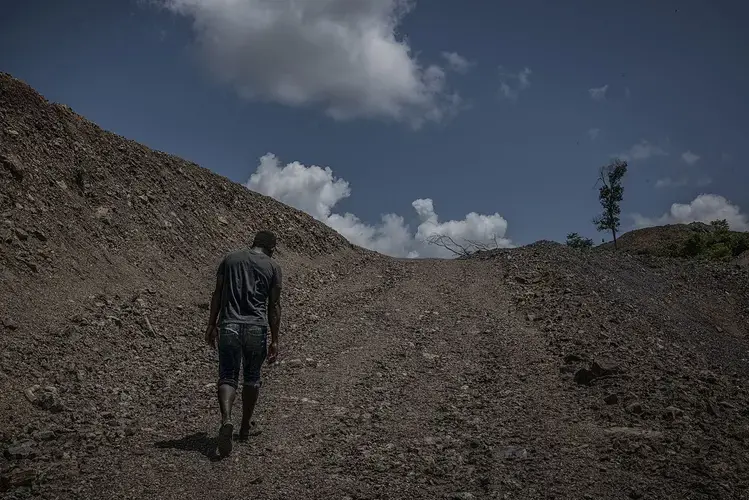
For decades, the Batek of Kuala Koh had seen their territory and lifestyles encroached upon. Then, in May, the high fevers set in. “Their throats swelled and then they couldn’t swallow or eat,” recalled headman Mahmet Pokok. In rapid succession, one after another, they began to fall ill.
“Soon people couldn’t breathe,” Pokok continued. “They shriveled and their bodies turned black.” Then some began to die.
The mysterious illness spread quickly, claiming 16 lives within two weeks in a community of 186 members of this clan of Malaysia’s last hunter-gatherers. In the end, 100 Batek would be hospitalized, and only 20 were left unaffected.
A Sept. 25 report from Malaysia’s Ministry of Health declared the cause of deaths to be measles. “Of the 16 deaths,” wrote Health Minister Dzulkefly Ahmad, “four (4) deaths were confirmed by measles, eight (8) were epidemiologically related to measles outbreaks, while another four (4) deaths could not be determined due to severe decay. Based on the results of environmental sample analysis and forensic reports, deaths were not due to heavy metal poisoning.”
The Batek, however, are unconvinced by the government report.
“The sickness was new,” Mahmet Om recounted. “We know about the measles. Our shaman know how to cure them.”
One of the survivors recounted what it was like.
“My throat swelled. My eyes turned red and everything looked blurry. . . . My whole body ached,” recalled Nira, who lost two sisters to the illness. “I was in the hospital [in Gua Musang, the closest large town] for over two months.”
Some of the clan believe a nearby manganese mine is to blame.
“The water tasted bitter . . . was oily,” Nira said. Som, sitting nearby, said she vomited after drinking the water.
“It smelled of oil [petroleum] and wood. The water had an oily sheen,” Pokok added.
The Batek, an Australo-Papuan people, are a remnant of the very first wave of human migrants to leave Africa, arriving tens of thousands of years ago — a distinct, indigenous ethnicity from the majority Malay. They live as hunter-gatherers, beneficiaries of Malaysia’s rainforests.
But over the course of nearly four decades, logging and subsequent massive oil palm plantation expansion have slowly eaten up their entire, unprotected rainforest. With the completion of Malaysia Federal Route 8 in 1983, Federal Land Development Authority, a government agency tasked with rural development, accelerated logging for land clearance. Once the land was opened up, vast monoculture oil palm plantations were planted.
Soon, the Batek found themselves in constant retreat. By the time of my first reporting trip in 2010, the Batek of Kuala Koh were confined to a thin strip of buffer forest at the boundary of Taman Negara National Park. That last parcel of buffer forest was being surveyed for impending logging operations. The Batek received assurances that the logging would be done selectively. By 2015, the entire buffer forest was gone, and the land planted with oil palm by a private company, without proper consultation with the Batek.
The Batek, a hunter-gatherer people known to range for weeks in trackless rainforest, were deeded with a tuft of eight acres of “communal” forest; Kuala Koh, which sat adjacent to a massive forest, was now completely encircled by oil palm plantations.
Just when it seemed things could not get any worse, in 2016, a manganese mine broke ground directly above the main water source for Kuala Koh, the Tonduk River.
“I believe we were poisoned because of the mine,” Mahmet Om said. “When it rains, we don’t use water from Tonduk.” Runoff from the mine drains directly into the Tonduk watershed.
Manganese is used as filler in dry cell batteries for smartphones, tablets and computers, in the manufacture of stainless steel and to make aluminum drink cans thinner and stronger. Overexposure to manganese is toxic, and symptoms can mimic Parkinson’s disease. Hallucinations, nerve damage, weak muscles, headaches and bronchitis are also possible.
Federation of Private Medical Practitioners’ Associations Malaysia president Steven Chow told the Observer in September, “Based on our research and the pattern of deaths, there was an outside environmental factor of either poisoning by another chemical, another pollutant or an extremely high level of manganese from the mine that was at least partially responsible for the spate of deaths.”
Private testing by FPMPAM of the Tonduk River water found “unhealthy levels of manganese, metals and fecal matter.” The fecal matter from wild elephants littered the muddy trial as we followed their footprints out of the Tonduk River basin. One sample found 25 times higher amounts of manganese than is considered healthy for human intake by the Malaysian Ministry of Health.
“The [Tonduk River] water was always clear before a manganese mining operation began in the area in 2016,” Chow added. Now, the water fills with sediment with every rain.
Even though the mine was ordered to halt operations after the mysterious illness set in, headman Mahmet Pokok’s wife, Sinar says: “I’m still worried about Tonduk water. . . . We still don’t know what made us sick.” Despite their fears, Kuala Koh residents continue to use water piped in from the river. When it rains, they use rainwater collected in large plastic tanks. Meanwhile, the government is spending $800,00 to install a power grid and water treatment system.
